I=Fe (2022)
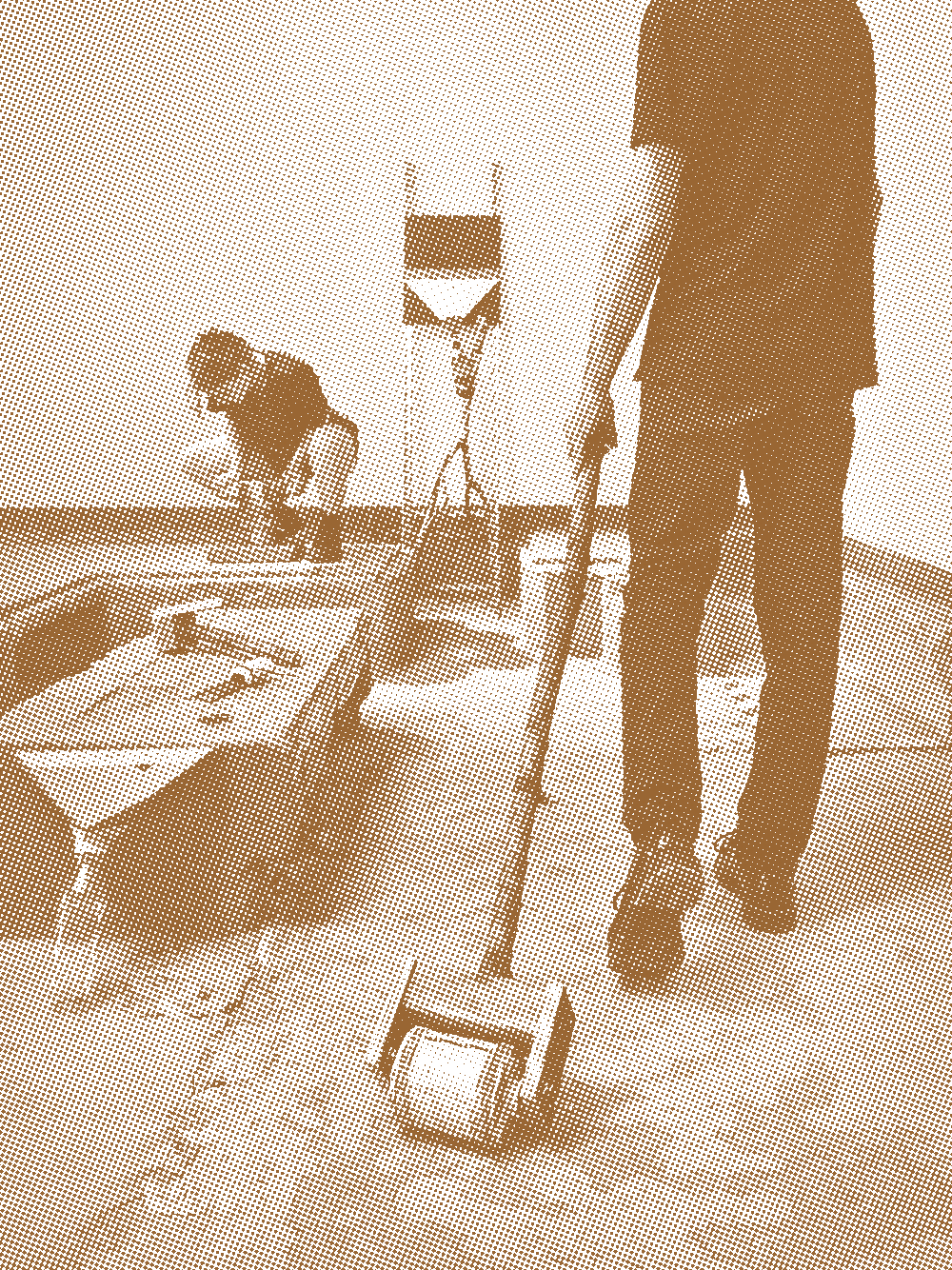
fig. 01 Tools for 'paralell metallurgy'
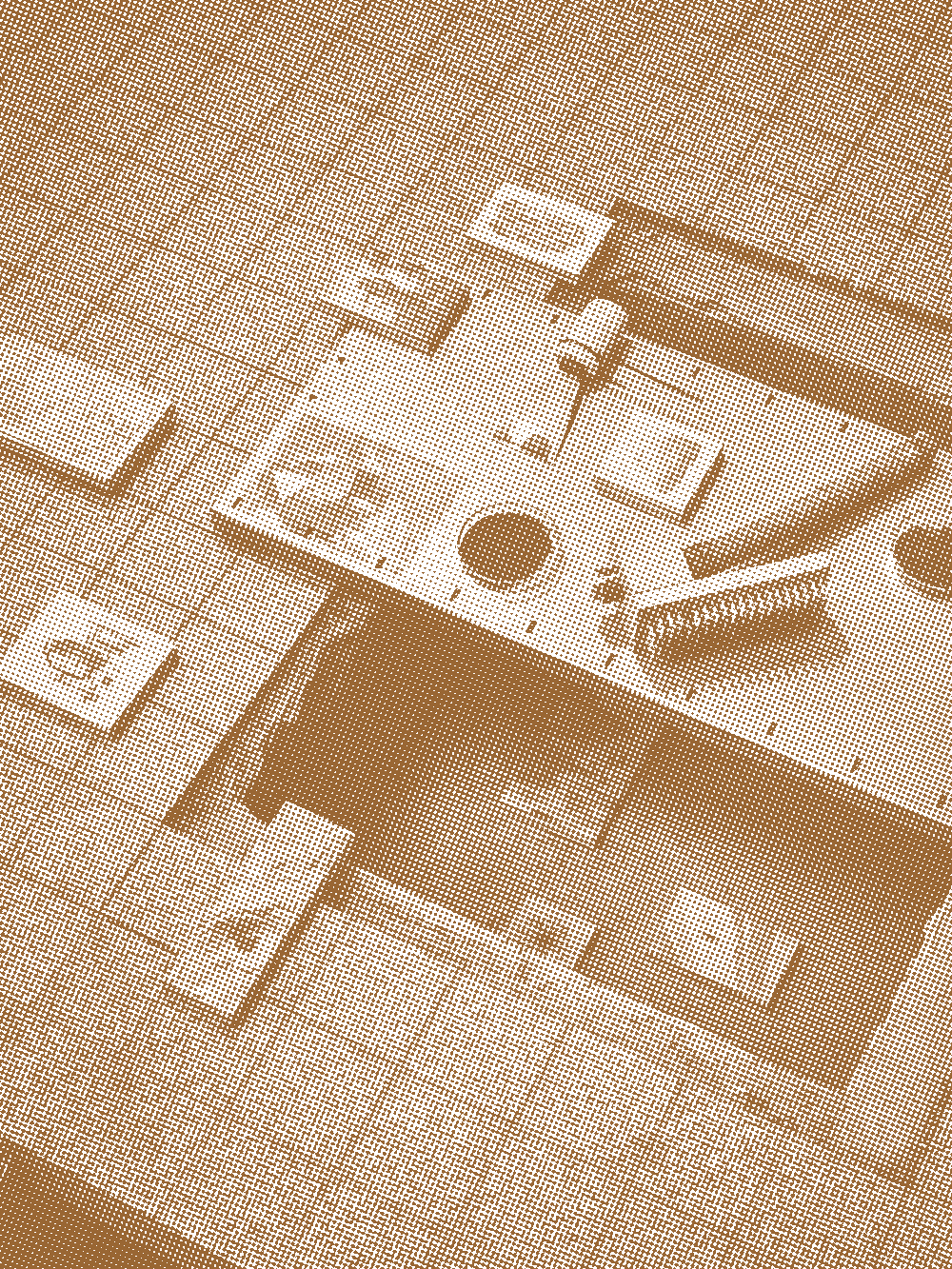
fig. 02 Index of human-iron correspondences. Rust- based screen print on private belongings (fragment)
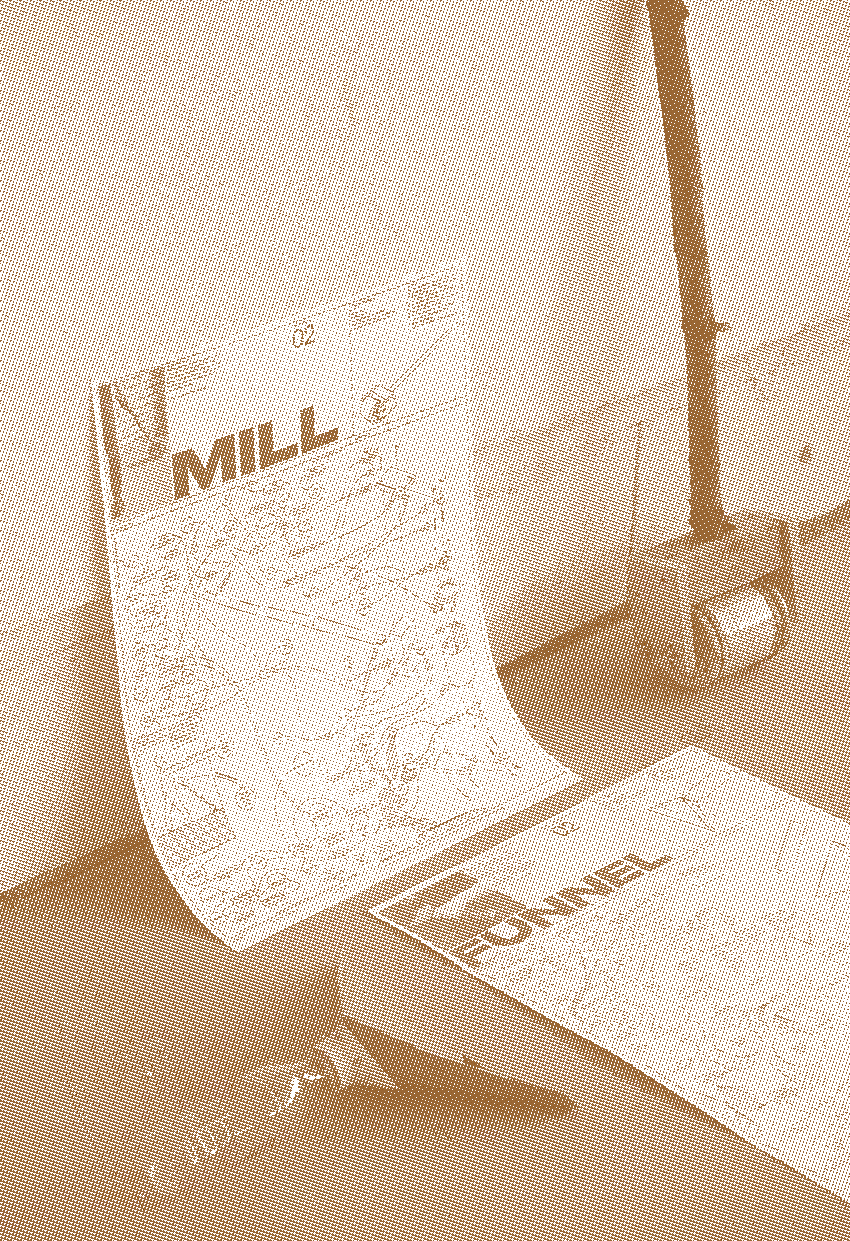
fig. 03 Fluxographs / instructions for tools. Rust-based screen print on paper
Introduction
There are many metabolisms. By a classic definition, metabolism it is a set of life-sustaining processes within an organism, a constant flux of matter and energy between a living cell and its environment. Lynn Margulis considered metabolism a basic feature of organic life (1) and, together with James Lovelock, went on to upscale it to the size of the planet (famous Gaia hypothesis); Tim Ingold, who sees humans (and things) as ‘gatherings of material in movement’, expanded the notion of metabolism onto the ontological plane of how things ‘perdure’, in different constellations, through time (2). In either of these visions, matter is conceptualized as mere token to be swapped in a dance of life, a building block at best, sacrificial feedstock in the process of endless growth / change. Ironically, the globally dominant economic ethos of XXI century seems to rest on a similar (albeit crippled) concept of matter: passive stuff to be extracted form ‘Cheap Nature’ somewhere at the far end of global supply chains, subsequently inserted in the loop of consumption / production as an ‘economical asset’ (3). The sprawling ecology of extractive capitalism is a kind of metabolism, too.
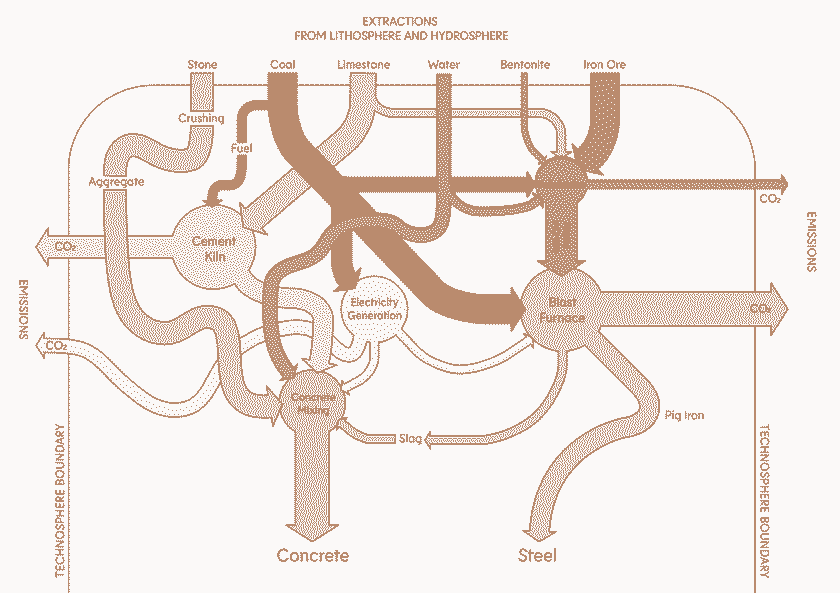
fig. 04 Entanglement of cement and steel production flows
In school I was taught that matter is either animate (alive) or inanimate (dead); there is a subject and object, he/she versus it. This linguistic and conceptual apparatus inherited from Descartes and Bacon was imparted on me to comprehend and shape the material reality of today. It is a mindset based on a set of binary determinations, leading up to what Elizabeth Povinelli calls Geontopower – a way of structuring things on the hierarchical axis of Life versus Non-life in order to govern them. Yet, in the words of the same researcher, life is merely a moment in the greater dynamic unfolding of nonlife (4).
The ‘inanimate’ actants have made themselves indispensable to the ‘animate’ ones, long before the beginning of recorded time; their entanglement, perceptible or not, manifests itself through every mundane situation of today. The strange cross-talk of agencies around iron, the main protagonist of this research, is but one among myriad exchanges between organic and the non-organic; interrogating my own position between them forms the backbone of the project which eventually led me to embody and surrender to matter by means of a simple equation: I equals iron.
The planetary metabolism of iron can be expressed as a gathering of stories, each represented by an image. Together, they emerge as a map of correspondences between multiple actors, human or otherwise, exposing their entangled temporalities.
By necessity of the medium, that map is read image by image, in a faux-chronological order; in reality, however, it is all of them, simultaneously. Rather than a static narrative, it is a pulsing connectedness of independent stories, traversing space and mocking our notion of time. Needless to say, this collection cannot (nor does it aspire to) ever be complete; instead, I declare it evolving.
Below is a small index of iron animacy, partial documentation of the project, and, incidentally, a form of autobiography.
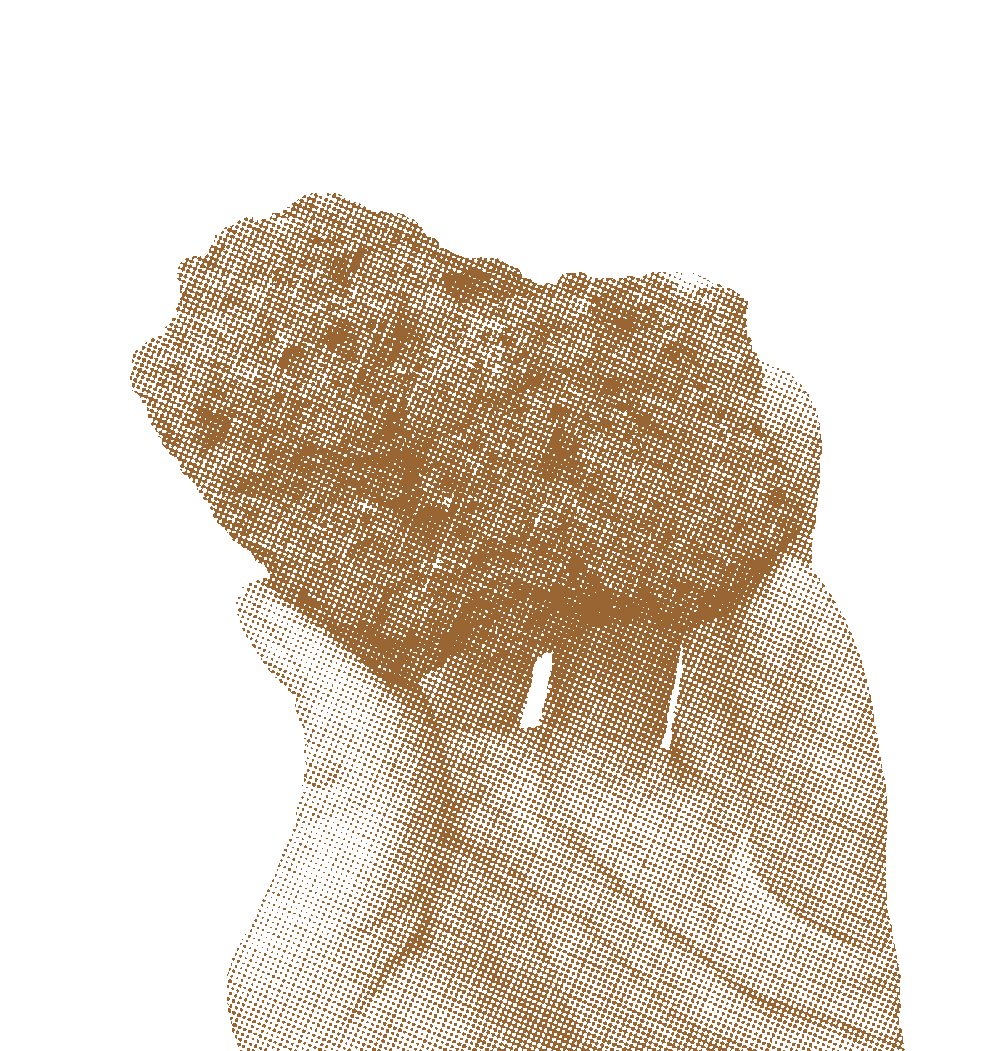
fig. 05 Bog ore, primary source of iron in early medieval Netherlands, held in my hand, 2022.
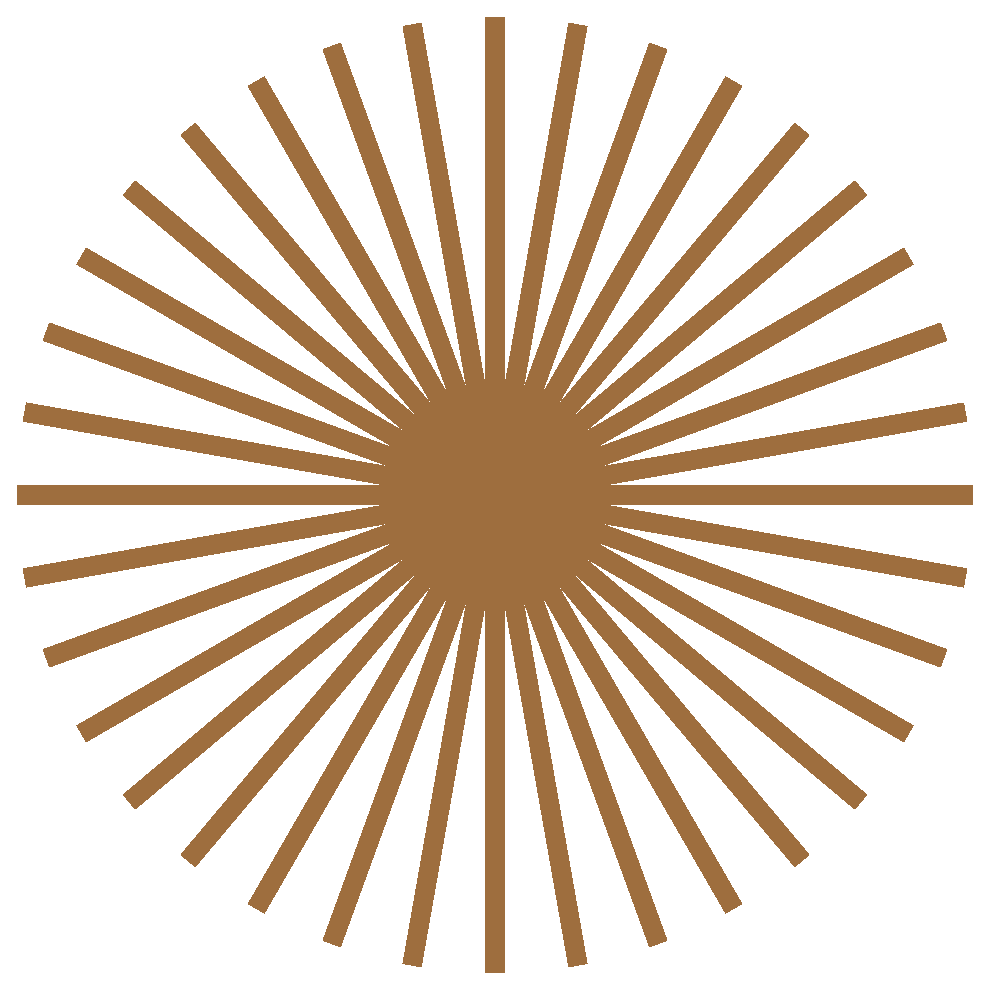
fig. 06 Type A supernova, c.10bn years ago.
Small change
Iron, among other metals, is forged from lighter atoms in thermonuclear explosions of early universe and sent adrift in clouds of ultra-hot gas.

fig. 07 Earth's forms, c. 4,5bn years ago

fig. 08 Earth's iron-nickel core implodes, c. 4bn years ago
500 m years after coalescence of Earth, its iron and nickel masses collapse inwards. They fuse into a swirling core, a mass producing planet's magnetic field which wards off the worst effects of solar radiation (as well as some stray asteroids). The stage is set, the curtain rises.
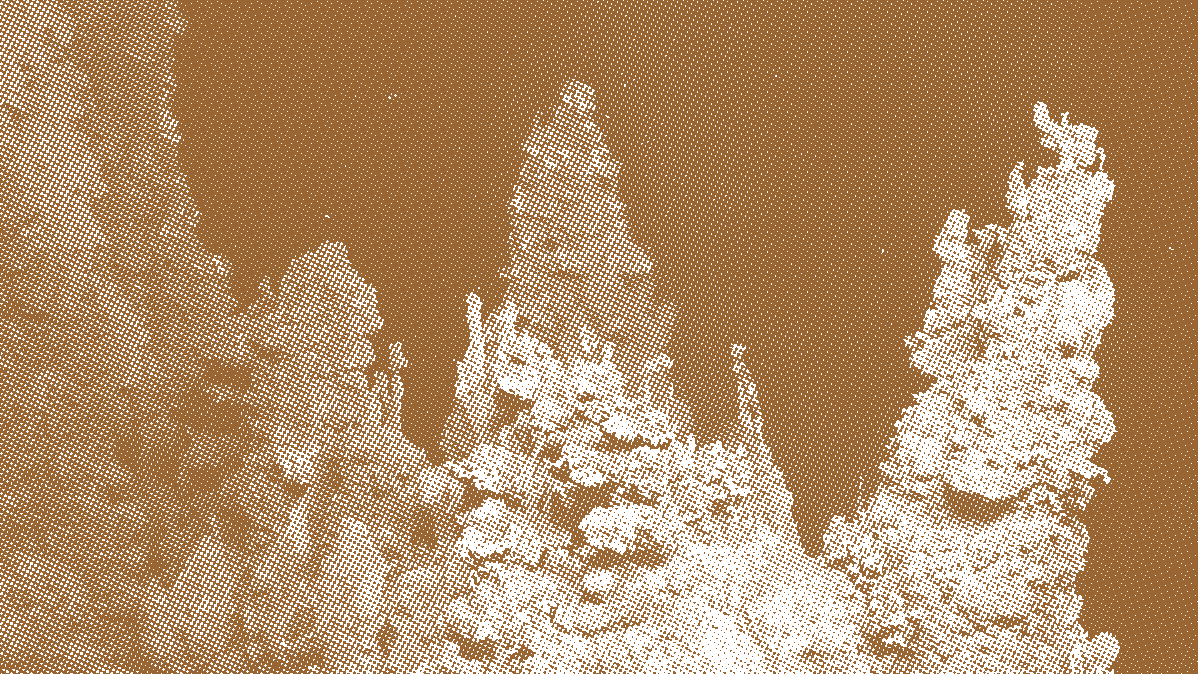
fig. 09 Iron-sulfide hydrothermal vents
At the mouth of hydrothermal vents deep in the abyss of the anoxic Precambrian ocean, a curious reaction occurs; a chemical exchange on the surface of iron-sulfide minerals, generating simple organic compounds. This exchange arises before the oldest forms of genetic reproduction (5). Billions of years later, I, a product of an umpteenth repetition of that exchange, am typing these words.
It is tempting to speculate that this is how life started; that it was in that precise moment, that atoms of iron and sulfur crossed the threshold of Non-Life into Life. Outside of that temptation, however, it becomes clear that what happened down there was just small change; a mere reiteration of becoming that stretches indefinitely both into past and future.
The future, however, does not seem to remember; isn our time not just the latest chapter of the long history of matter forgetting itself?
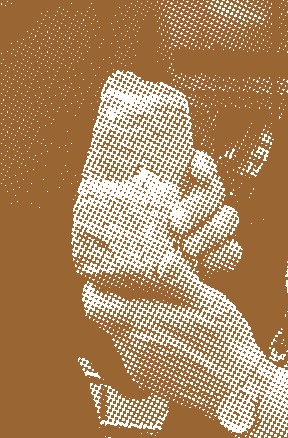
fig. 10 Stromatolites from Isua, Greenland, c. 3,7bn years ago
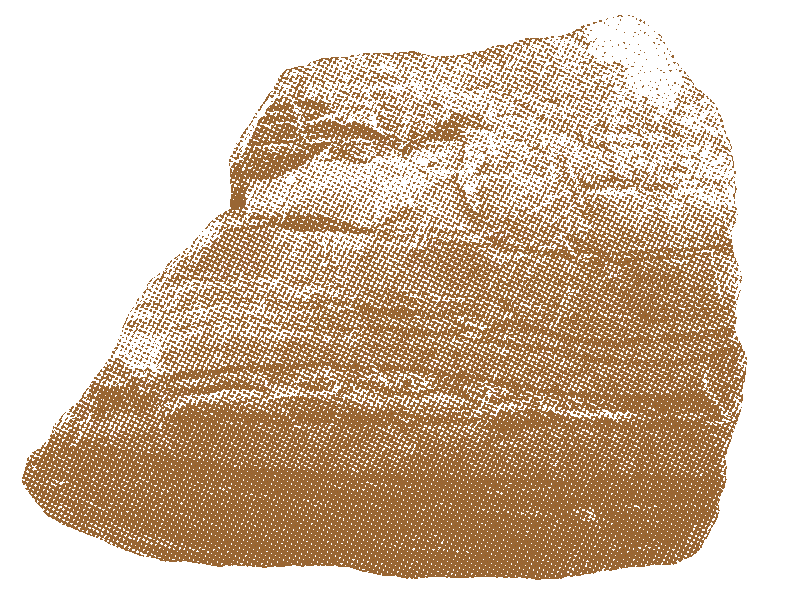
fig. 11 Banded iron formation
2,5bn years ago, iron enables some bacteria to carry out photosynthesis; some others learn that skill without its aid, but the by-product of either process – oxygen – begins accumulating in the oceans and seep into the atmosphere. In time, all Earth's iron oxidises and the planet rusts; water insoluble iron oxides sediment at the bottom of the ocean, becoming chemically much harder to come by for all living things.
Much later, the sedimented rust will be called Hematite; blood red stone. Today, Hematite is the main source of iron ore, source of steel, skeleton of humanity's techno-metabolism.
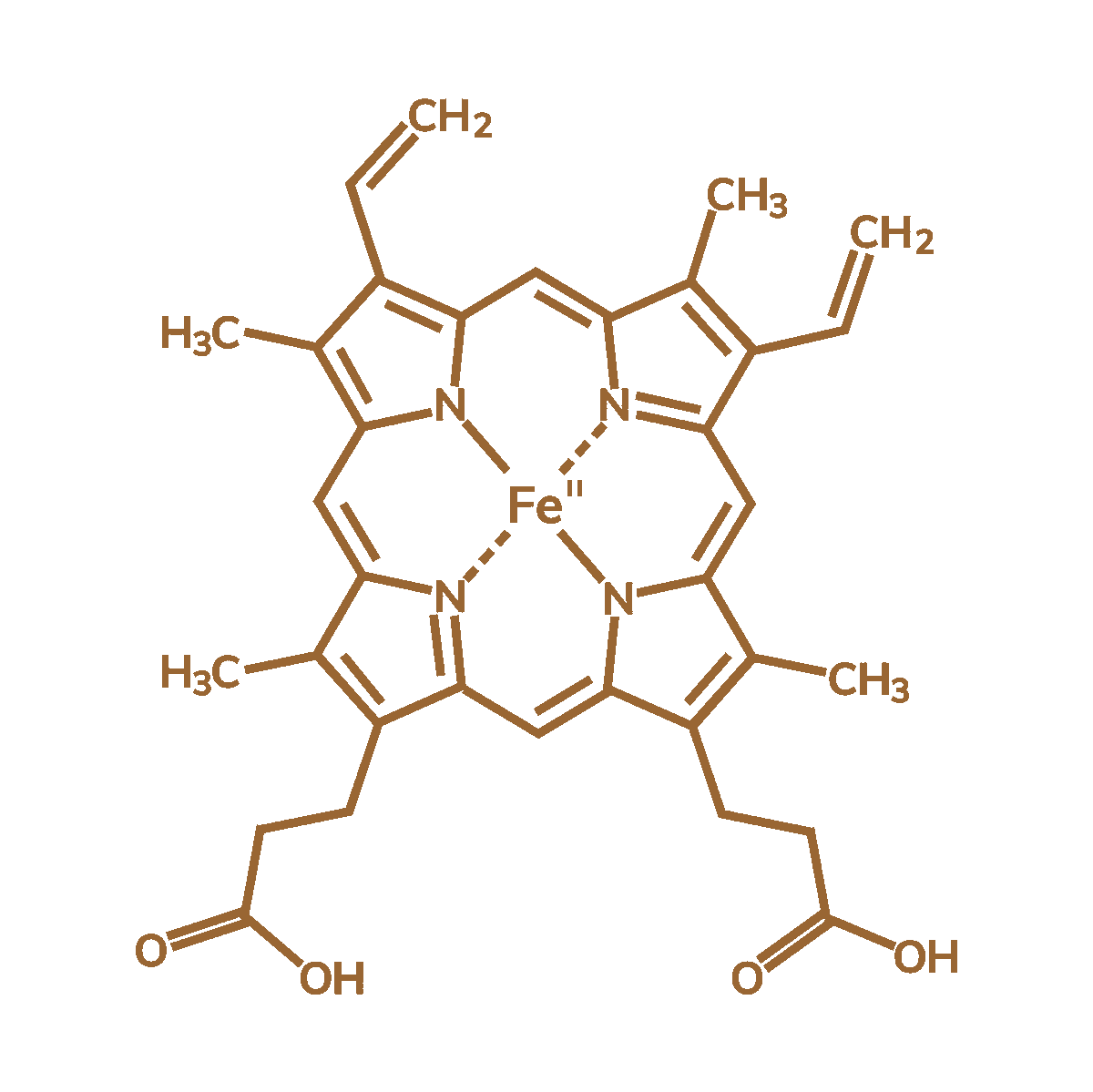
fig.12 Haemoglobin molecule
The rusting of the Earth is due to iron's high reactivity; its potential to easily gain and shed electrons. That feature makes it an ideal partner for temporary alliances, for example with oxygen. Therefore, it is iron that becomes a centerpiece of blood proteins, making respiration 16 times more energy efficient than anaerobic fermentation. The alternating cycle of iron oxidation / reduction will soon fuel millions of successful species, including our own.
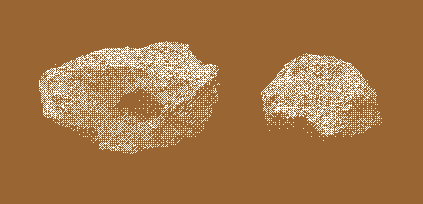
fig.13 Neanderthal stone tools, possibly used for grinding hematite into red ochre pigment, Orogesaile, Kenya, c. 300 K years ago.
De re metallica
The earliest documented use of iron and, incidentally, the earliest documented use of colour, both link to the concept of Life / Death which predates homo sapiens by millennia.
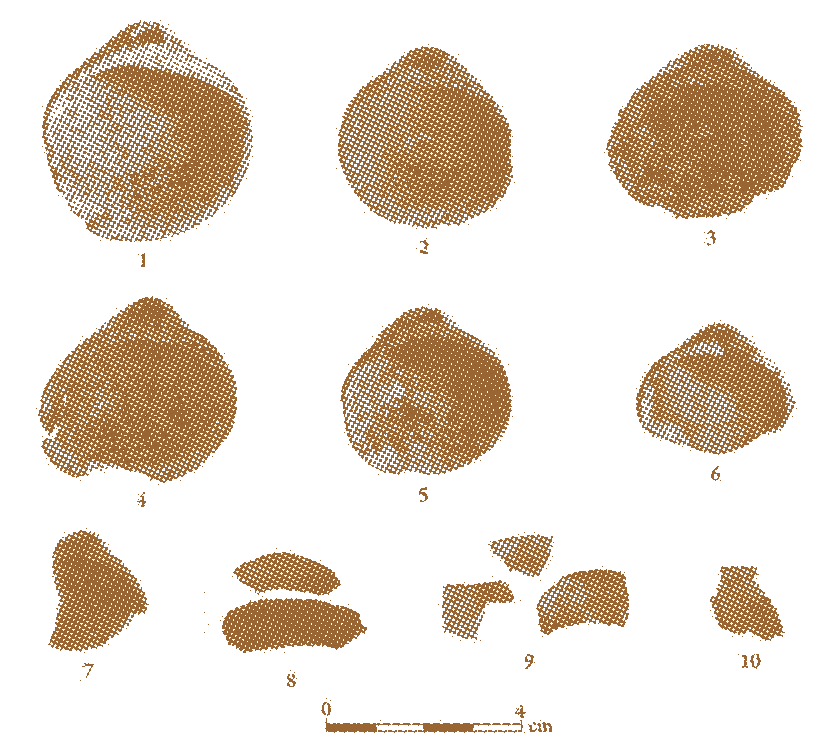
fig.14 Ochre-stained shells from Qfzeh, Jordan, c. 100 K years ago.
The artefacts found at the site of the oldest known intentional burial in Qfzeh, one of many so-called Red Ochre Burials to come, suggest that our species relationship with iron at that time is one of kinship; the colour of blood and the colour of hematite are both vibrant with life. The seeds of cognition, symbolism, and our species' self-awareness are thereby cast, giving rise to all that we will come to define as 'human': a creature of the soil, a soil stained iron red.
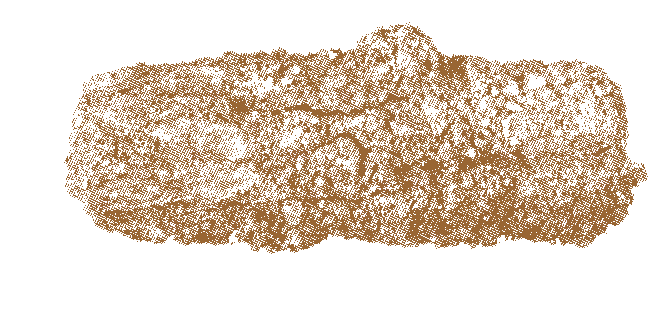
fig.15 Meteoric iron bead from Gerzeh, Egipt c. 3,500 years ago.
Before the advent of iron mining, humanity's only – and extremely rare – source of the metal are crumbs of galactic debris.
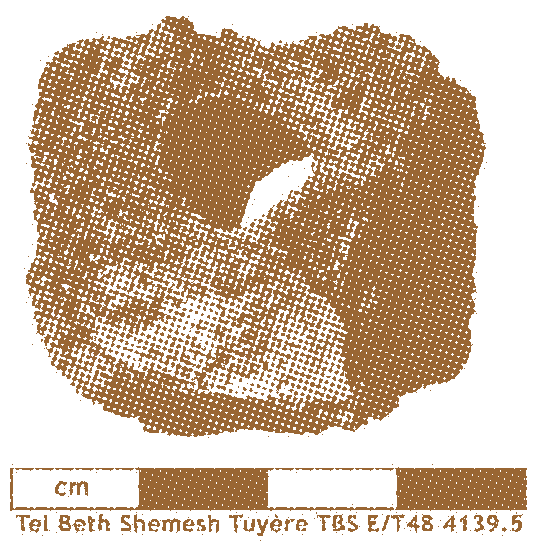
fig.16 Beth-Shemesh tuyere, part of a metal bloomery, excavated 2001 at Tel Hameh, Jordan.
Iron age begins after humans learn to smelt hematite ores, starting throughout XII century BC, 2,5 bn years after the ore's bacterial origin. The human-iron alliance enters a new phase; piles of molten rock and felled trees become a permanent feature of the human-iron landscape.
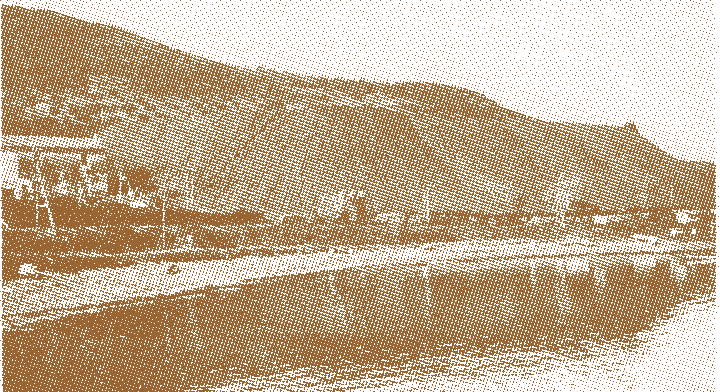
fig.17 Etruscan slag heaps from 1st Millenium A.D.
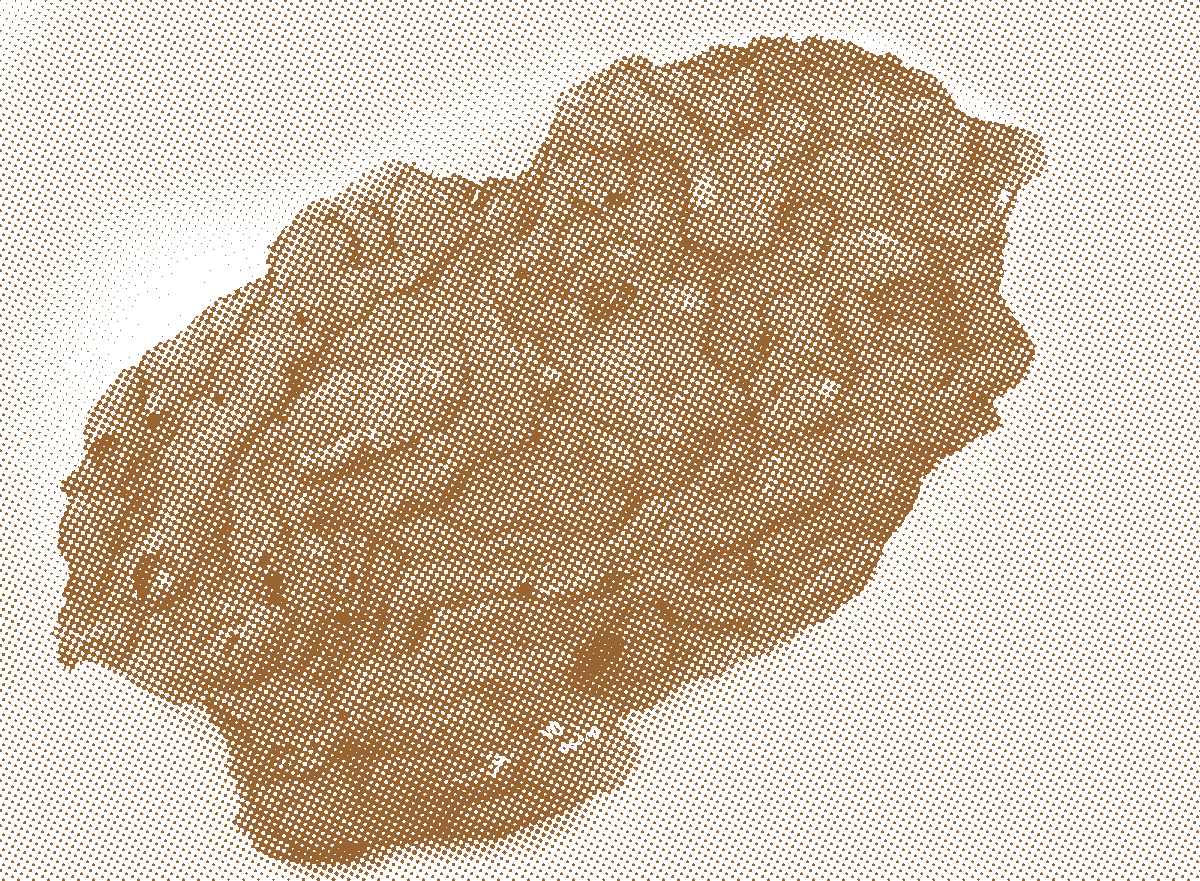
fig.18 Slag from Orderbos forest, Netherlands, near Apeldorn.
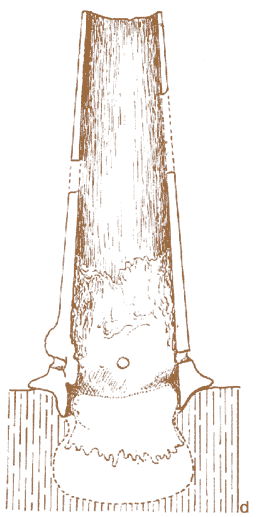
fig.19 Slag pit furnace, Scharmbeck, Germany.
In the 1st century, the Chinese invention of a blast furnace makes iron production continuous, yielding better steel, spawning better tools, and raising the efficiency of mining.
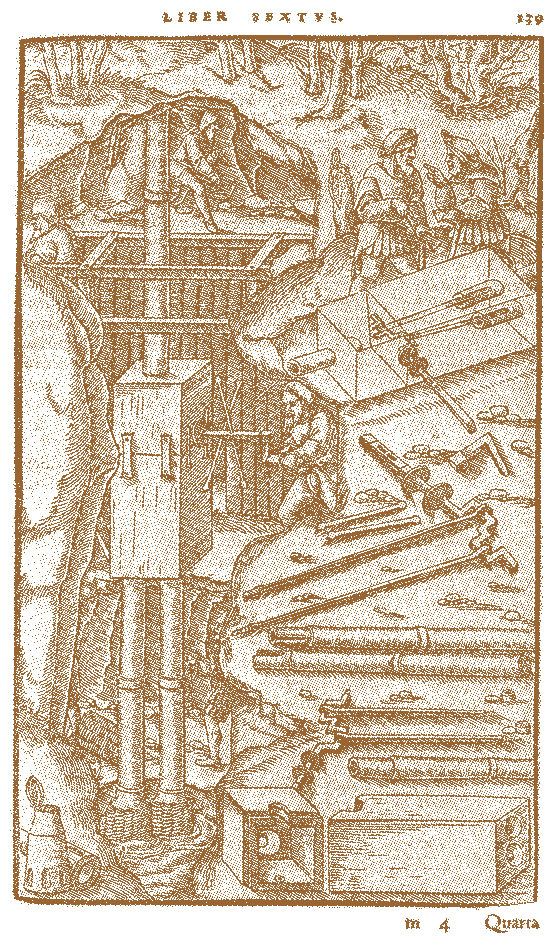
fig.20 Mine-draining pumps, XVI century
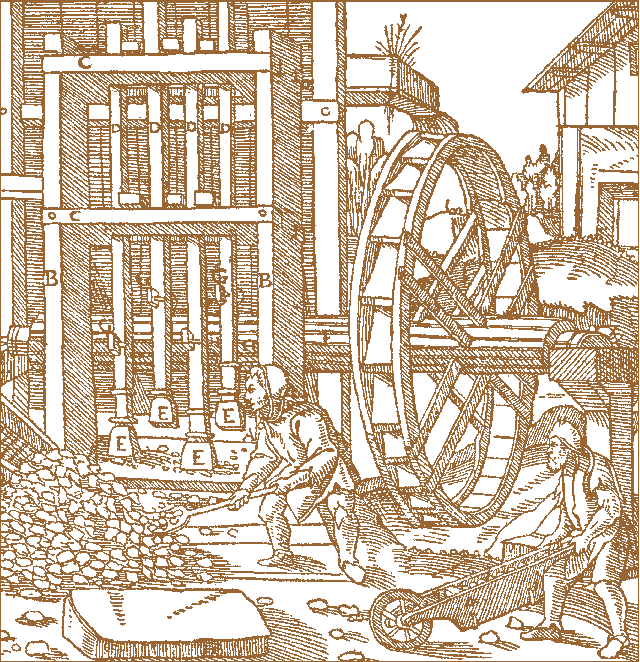
fig.21 Water operated, mechanical ore stamp-crashers, XVI century, more than 200 years prior to industrial revolution.
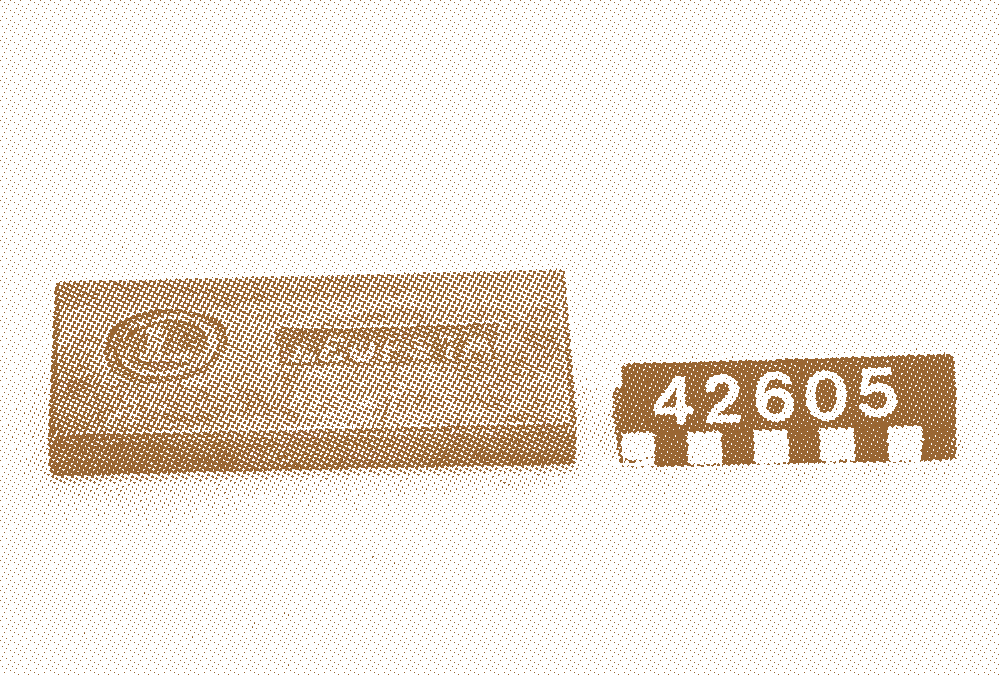
fig.22 Iron bar used for slave trade, made by Leufsta Bruk, Sweden, XVII century.
Iron becomes a symbol (and agent) of power, as well as governance and subjugation of resources (including the human ones). Enlightenment's project of separating Man from all that is 'savage' goes hand-in-hand with the ever-increasing efficiency in metal's production, whether it be hammers, nails, cannon balls or shackles.
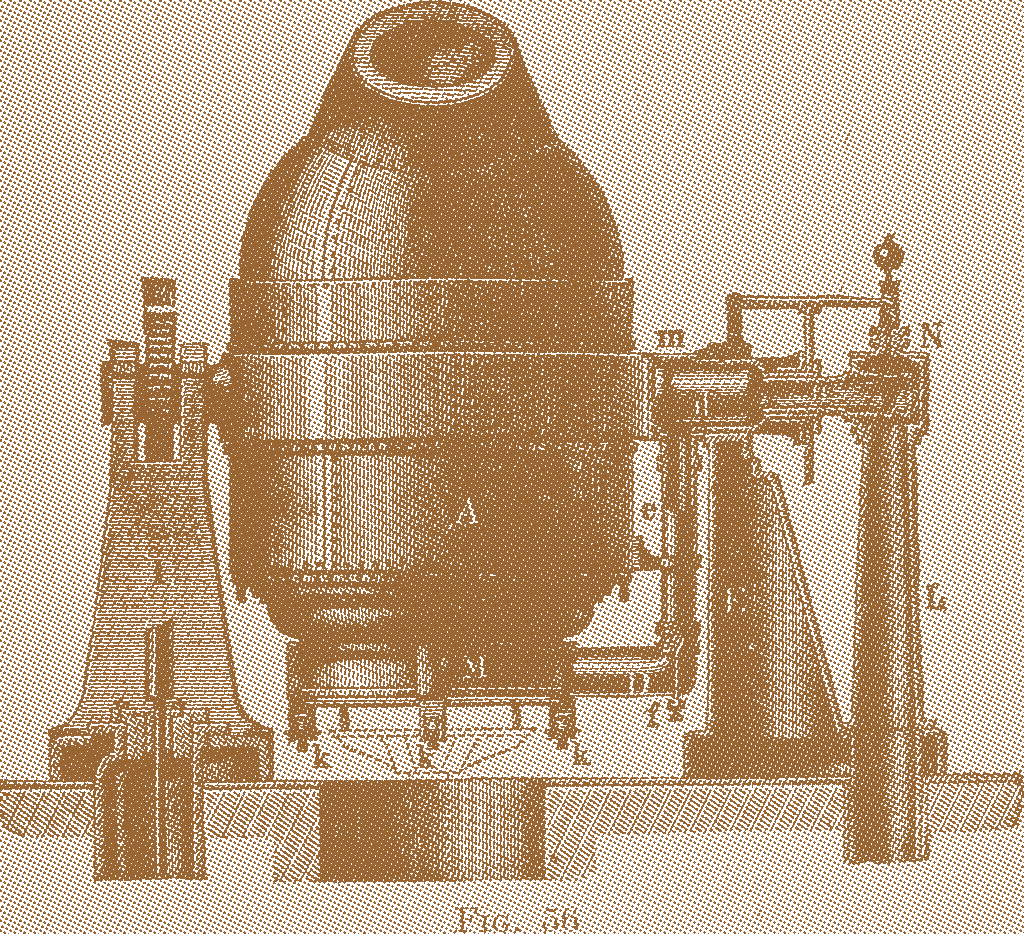
fig.23 Bessemer converter, XIX century
The iron hunger of the industrial age parallels only with the intensely of its sunsets, a phenomenon faithfully captured by the Romanticist painters. As it turns out, the colour is due to atmospheric carbon, ceaselessly spouted by a growing ecosystem of interdependent iron and coal industries. The escapist trope of 'Sublime' is as much a product of XIX century industry as 'nature' that it so praises.
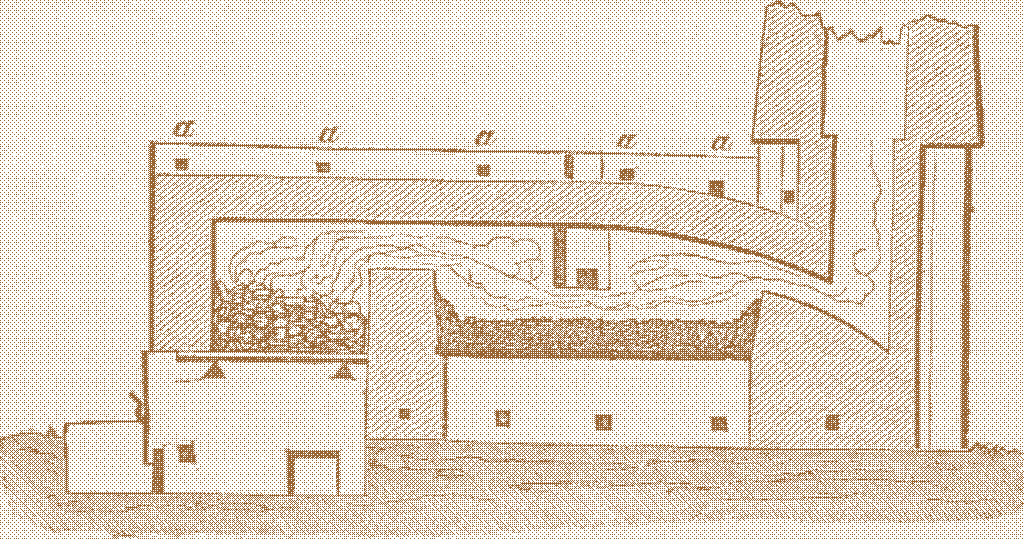
fig.24 Puddling furnace, XIX century.
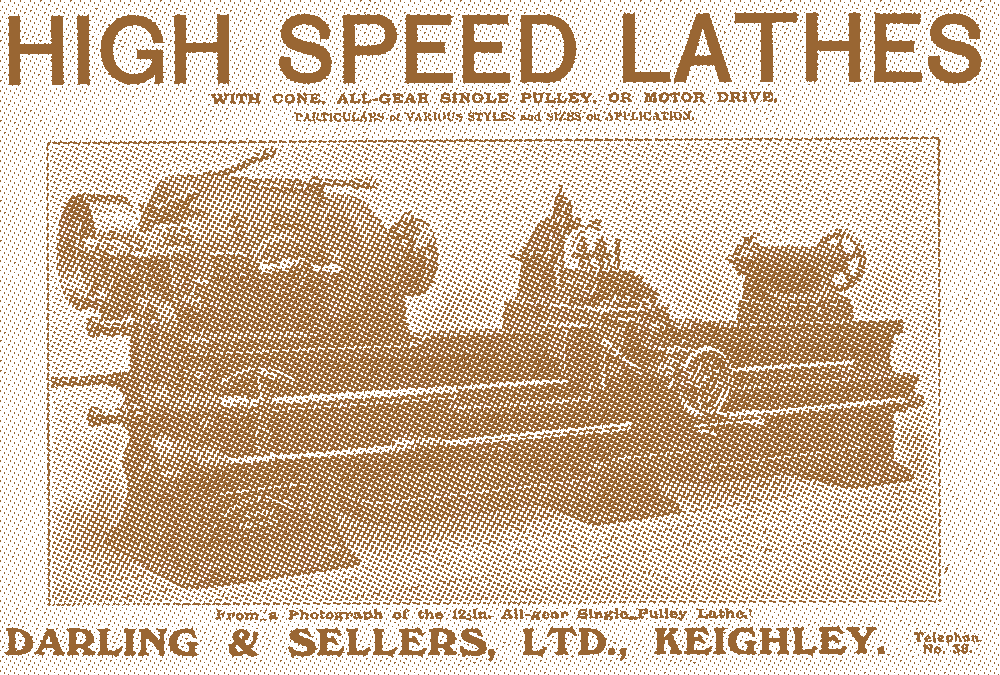
fig.25 Lathe ad, 1909
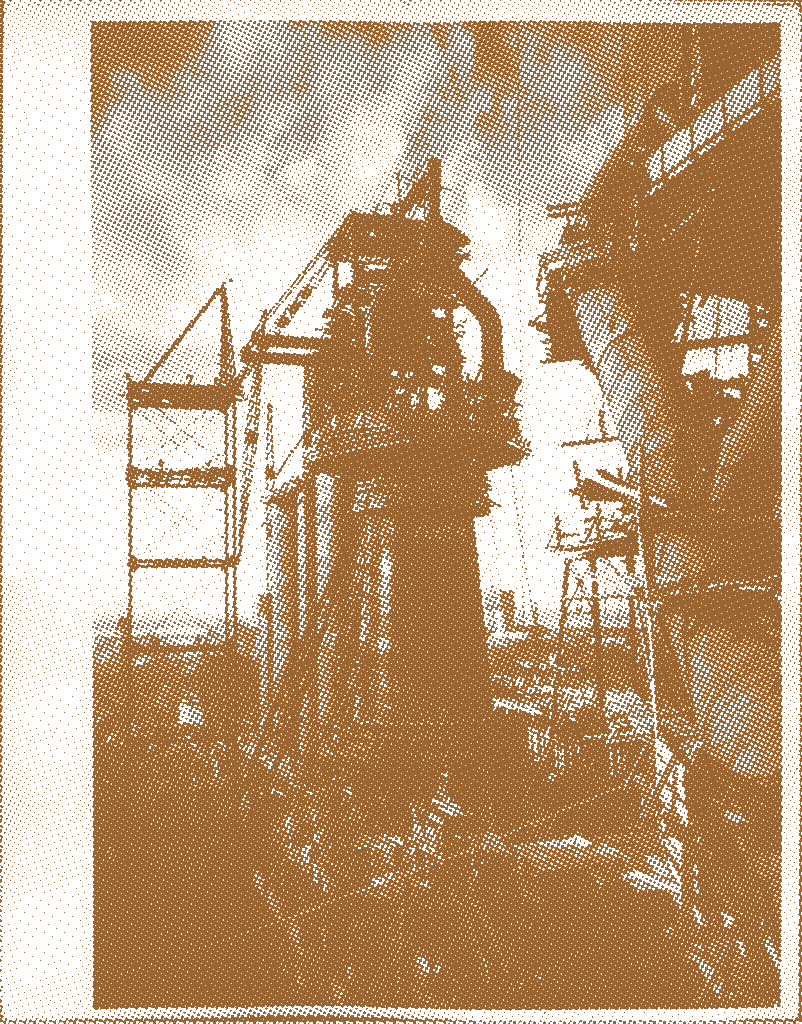
fig.26 A blast furnace of Magnitogorsk, 1931
Since then, the trajectory of human-iron relationship ideally matches the economical curve of Jevons paradox (the greater the efficiency of a system the lower the price of the produce, the higher the demand, the larger the production). By 1930s, a single blast furnace's output is 10mln ton / annum.
Enter planetary scale, enter the Anthropocene.
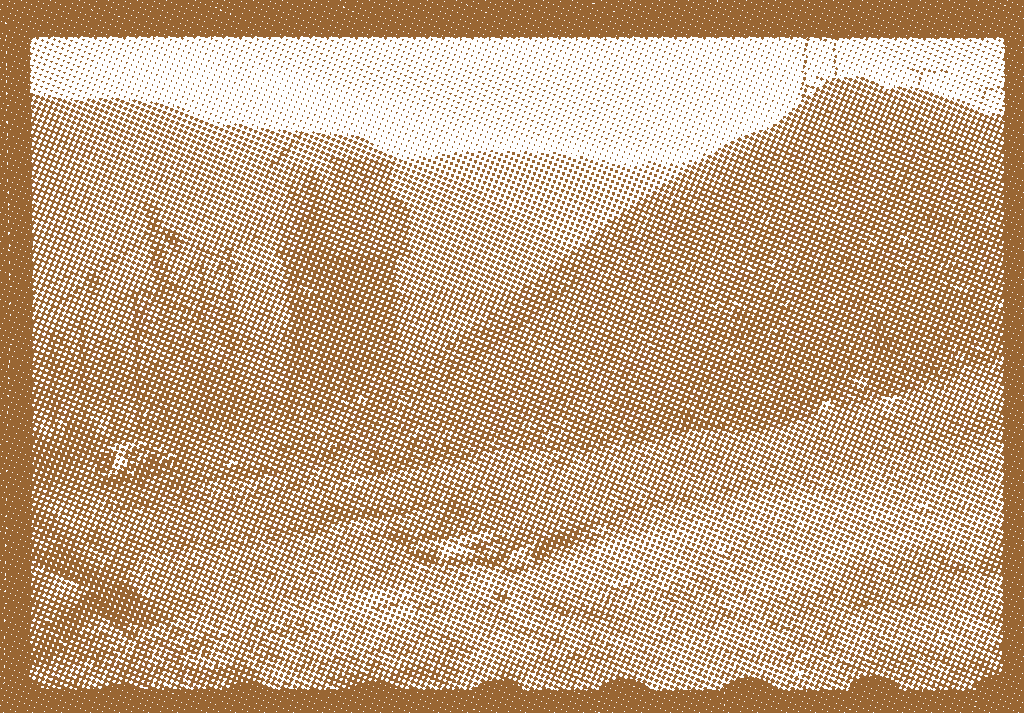
fig.27 Slag heaps, Pennsylvania, 1937
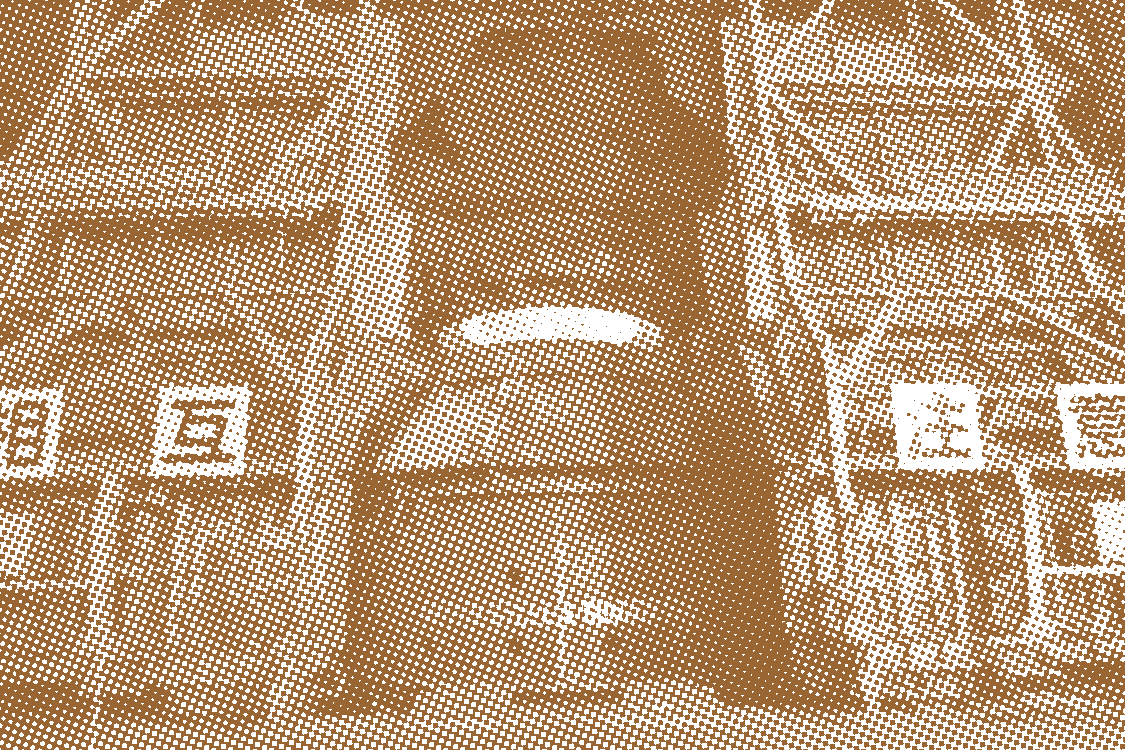
fig.28 Basic Oxygen Furnace, 2011

fig.29 Las Tórtolas mine tailings disposal, Chile, 2012
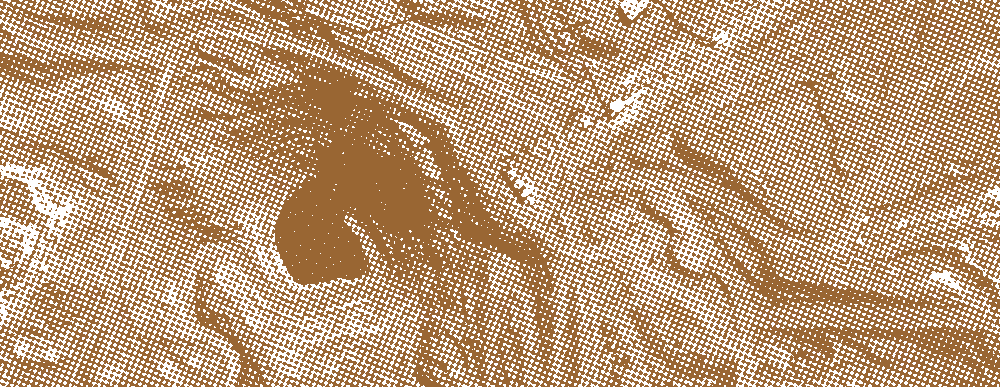
fig.30 Sishen mine, satellite image, 2022
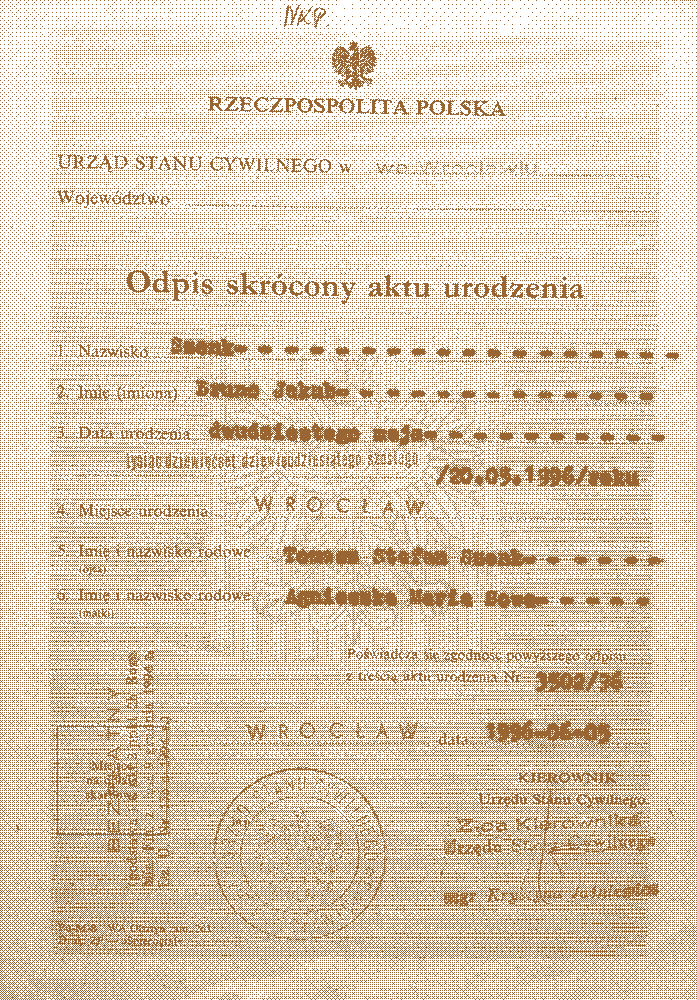
fig.31 My abbreviated birth certificate,1996.
20 minutes walking, 360 breaths
I am born on 20th May 1996, into the age that already internalised iron and classifies it as a thing of the 'Industrial Epoch' long since gone by. Yet, the demand for steel had grown steadily since the dawn of metallurgy; post-industrial age is just one of industrial obscurity. Much like the skeleton of our bodies, iron structure is fully ingrained in our day-to-day, its expansive metabolism hidden and black-boxed.
26 years later, about to graduate, I become interested in the exploring the notions of mineral life and the possibilities of re-acknowledging it; iron becomes my case study. I begin by asking: how do I get to know iron's liveliness? What implications would it have on material production, here and now? In the months that follow, the answers remain hidden, and the investigation becomes erratic; when the breakthrough finally comes, it is in a form of a leaking roof.
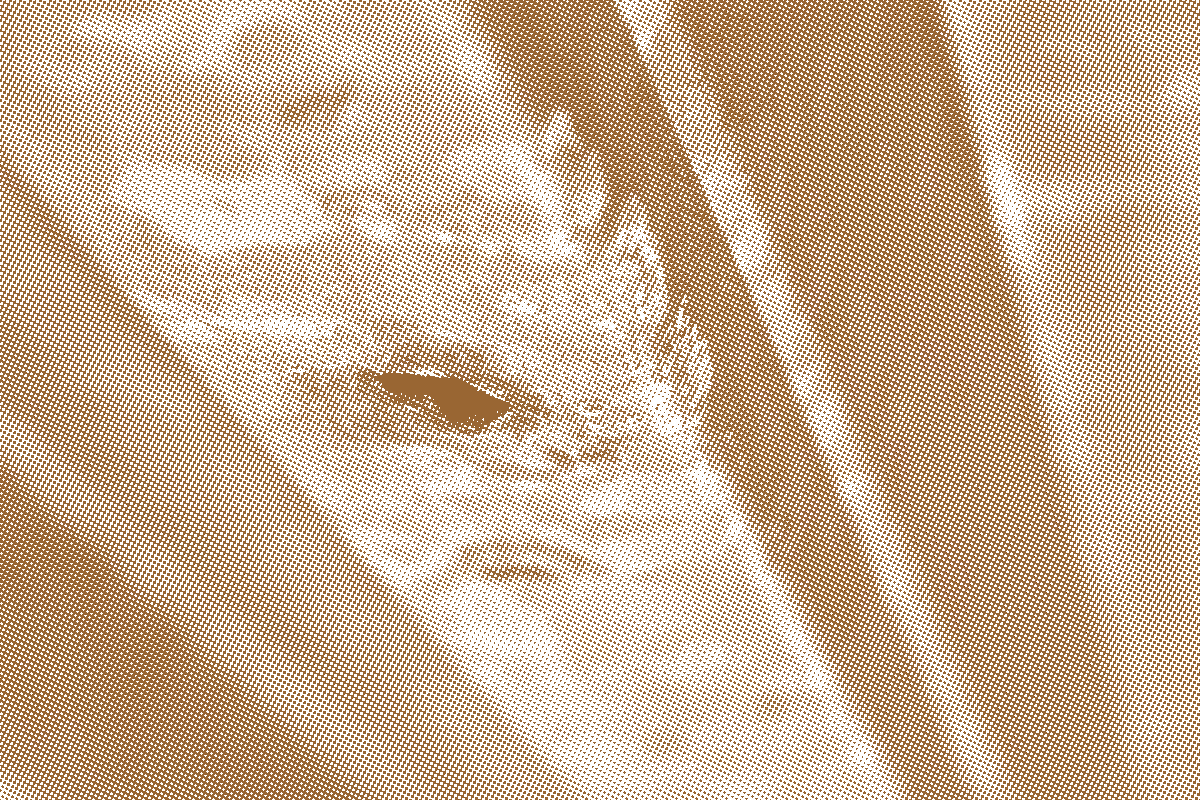
fig.32 Hole in the studio roof, Spring 2022
It is in that precise moment that I see iron become agentic. In forcing me to avert the water crisis in the studio, it exerts influence both on me and through me; various ferrous and ferric assemblages suddenly come together from all across time (for example: the oxygen that I breathe thanks to iron is the same one that bacteria produced and made iron into rust; rust becomes hematite, an ore mined for steel; that steel is made into the roof that rusts and leaks, which causes me to react; my reacting is only possible thanks to my iron-enabled evolution) and engage in multi-metabolic chatter. The project takes another turn to explore the ways of consciously partaking in that chatter, not just as myself, but as iron.
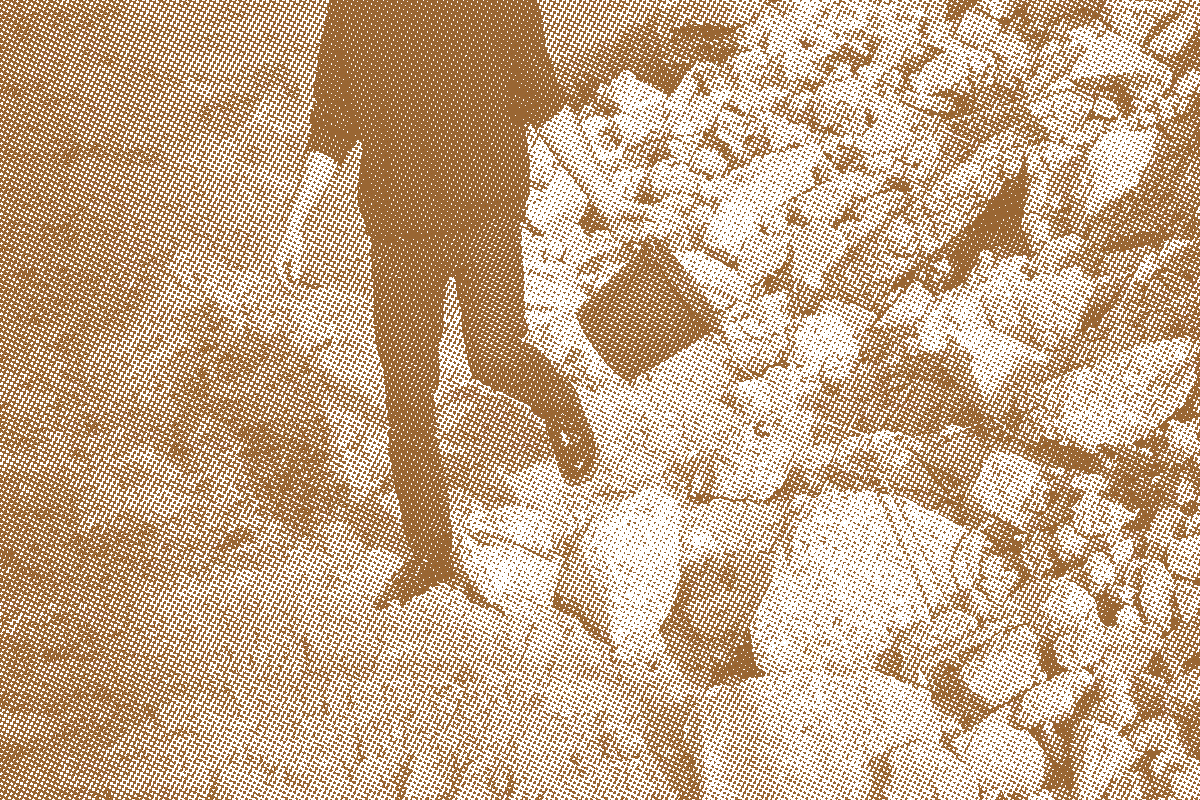
fig.33 Sifting through the debris of Campina milk factory in search for clay to build an iron foundry, spring 2022.
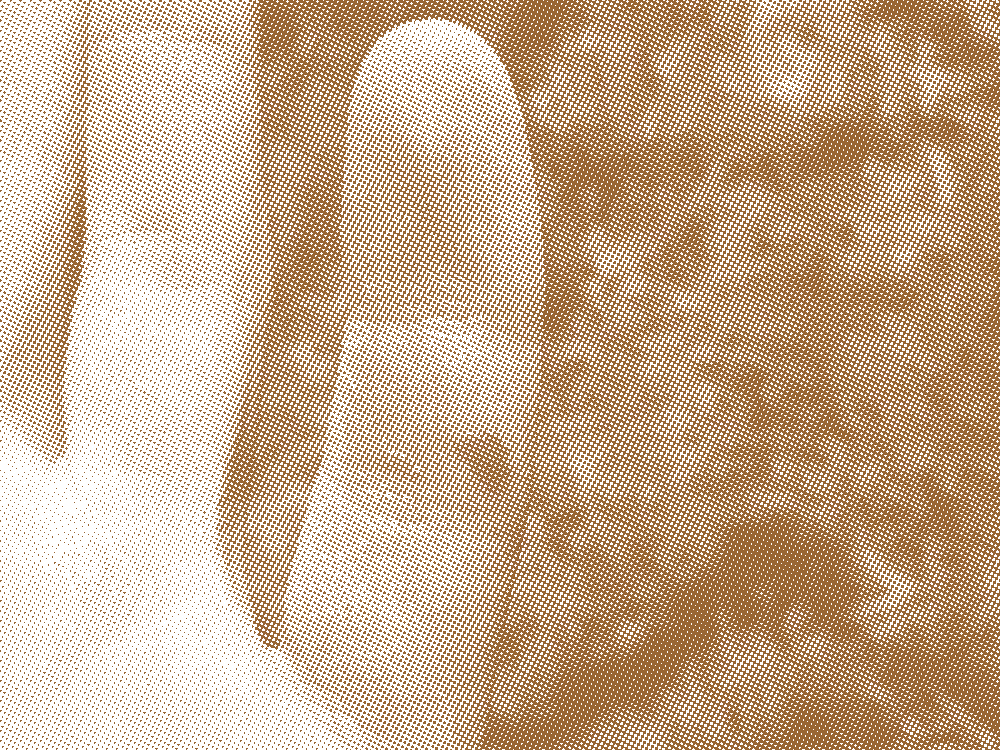
fig.34 Broken skin, 2022.
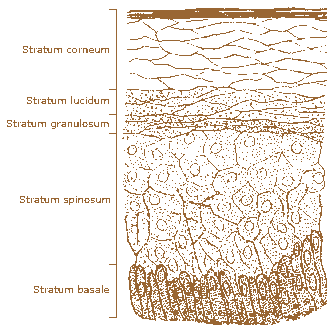
fig.35 Skin layers
It becomes evident, that all my actions, my body and thoughts are iron-entangled; at first, I use that insight in literal way, to 'mine myself'. Collecting the naturally shed dead skin (desquamation of stratum corneum is one of very few ways humans can ever discard body iron, as its recycling is nearly perfect) I intend to smelt myself and think through the act, but, eventually it proves a dead end. I take my insights further and turn to mining rust instead.
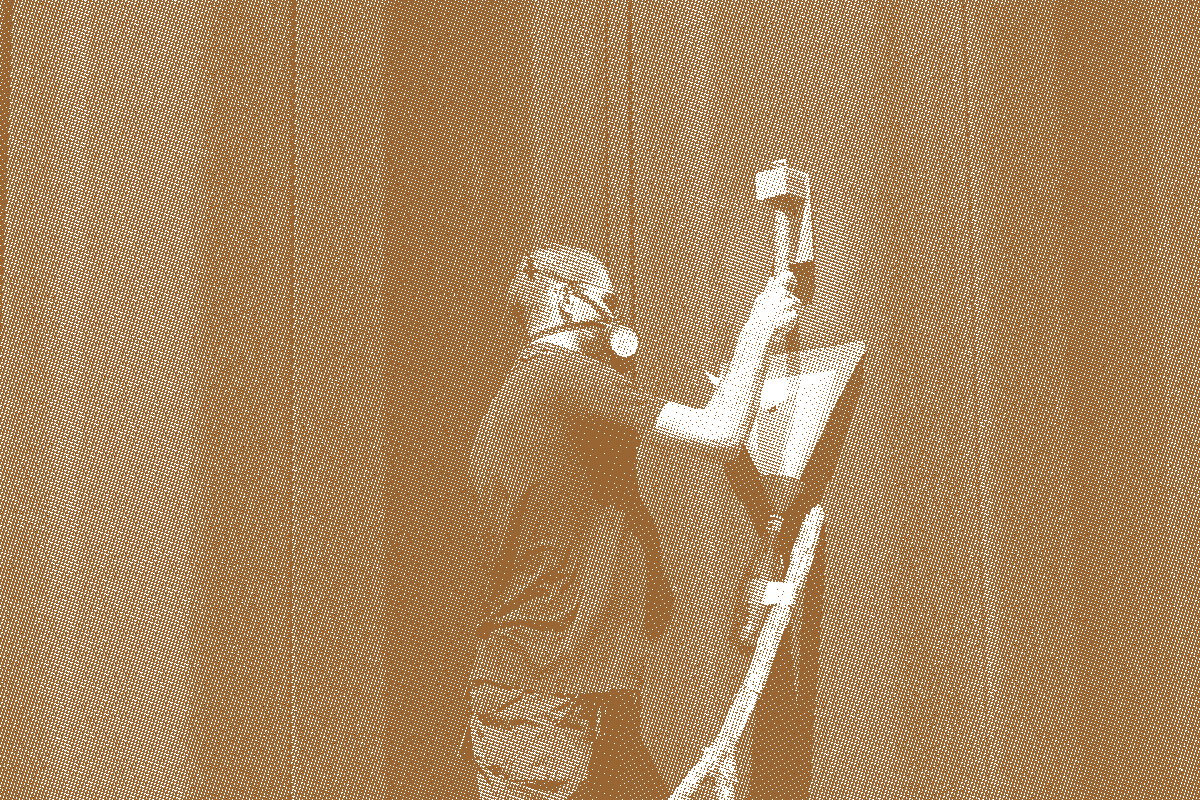
fig.36 Paralell mining outside Eindhoven, the first act, late Spring 2022
Parallel mining is not as much about extracting ore as it is about entering a cross-metabolic dialogue with it. Informed by a revised understanding of the 'I', it intervenes not in the external 'environment', but the intimate mesh of 'parallel' partners (for example: iron bacteria from Precambrian; rusty wall; my bicycle frame) with whom I am entangled; it is, therefore, almost introspective.
An interesting new notion of 'me' emerges; I as a collection of materials in movement and through time; I as a constellation of different agencies; I as a creature enabled by past, technosphere and possessions. It is the latter that will physically become part of the 'mining' process.
By acknowledging the dissolution of 'I' in the mesh of 'objects', I decide to integrate them in the mining process as tools. Things I extend myself with everyday, things that available, things that I can reach for - those things are repurposed and mined with.
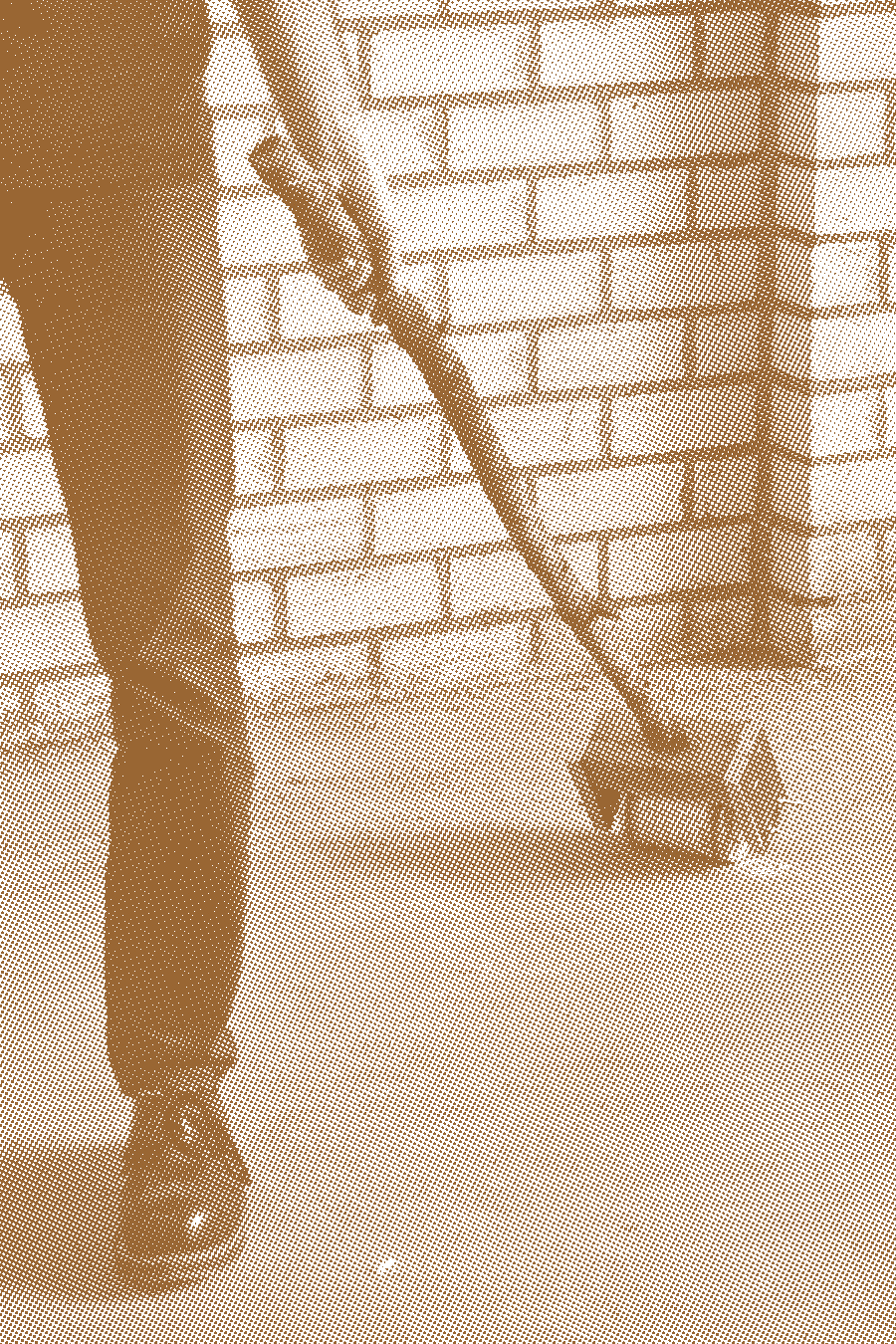
fig.37 The rod mill, sourced from materials 'around' but put together using 3d printed connections and mass- produced hardware, 2022
There act of mining finds another purpose in pigment production, motivated by my necessity to archive and share the research insights. The collection of tools is extended by an ore-crusher, rod mill and a funnel to harvest the powder; they are all fashioned from the extensions of the 'I' (personal objects, urban detritus, common hardware).
The use of mill offers a particularly interesting insight in my iron entanglement; 20 minutes of walking turns the can, within which rust is pulverized by the crushing rods; 20 minutes of walking is c. 360 breaths, which amounts to the total of c.40 grams of body iron being oxidised / reduced; 40 grams of body iron taking a direct part in the process of milling iron.
Making and using of the tools is part of the project, and always a negotiation of complexity. The tools are as primitive as they can be, yet only insofar as they are actually useful; the little of technology and precision that makes them so, usually accounts for most of their complexity. The toolmaking helps to look at the state of entanglement and potential ways of operating within it, towards zero-extraction. All of that is inherently iterative and thought of as an ongoing study; the documentation of it also finds its way into the project as fluxographic posters.
Part making instructions, part infographics, the fluxographs are informative documents enabling anyone to make their own version of a tool, but also assess the vast planetary infrastructure needed to facilitate it. Their (minimum) viability is thereby exposed and called into question.
For the purpose of sharing and exhibiting, the image index, project documentation, and the fluxographs are screen printed using the rust pigment obtained in the course of the project. The posters are materialised on paper, while everything else – on bits and pieces of material ecologies that I am.
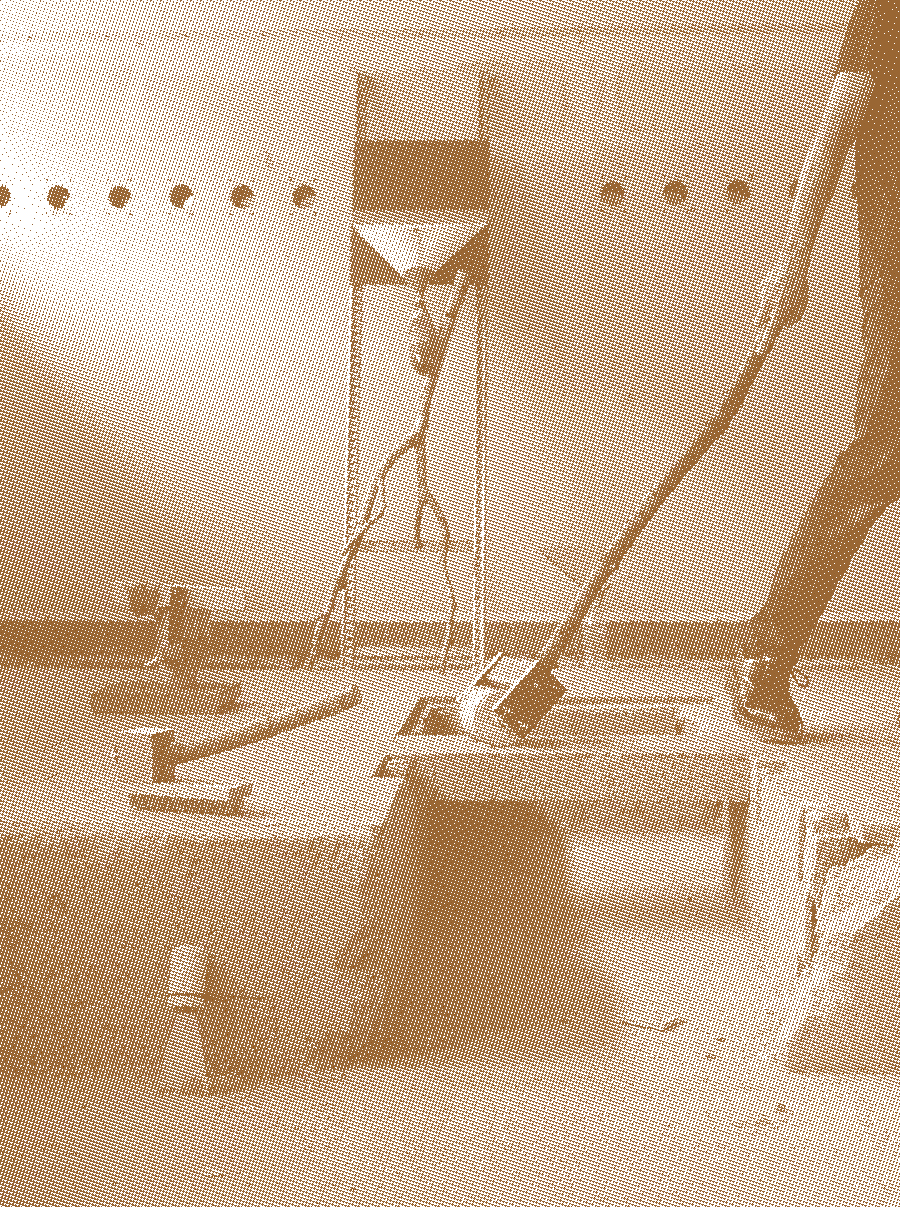
fig.38 The family of tools
References
- 1 Lynn Margulis in: Symbiotic Earth: How Lyn Margulis Rocked the Boat and Started A Scientific Revolution, John Feldman (dir.), Hummingbird Films, 2017
- 2 An Ecology of Materials, Tim Ingold, published in: Power of Materials / Politics of Materiality, Kerstin Stakemeier, Susanne Witzgall (eds.), diaphenes.net, access 10.10.2022
- 3 Capitalism in the Web of Life: Ecology and the Accumulation of Capital, Jason Moore, New York, Verso Books, 2015
- 4 Geontologies: A requiem to late liberalism, Elizabeth A. Povinelli, Duke University Press, 2016
- 5 Günter Wächtershäuser's hypothesis of 'metabolism first'. Evolution of the First Metabolic Cycles. Proceedings of the National Academy of Sciences 87, 1990, 200–204
Image credits
- fig.01 © Ronald Smits, 2022
- fig.02 © Ronald Smits, 2022
- fig.03 © Bruno Szenk, 2022
- fig.04 Luke Jones, Fluxopia: On Life in a Metabolic City, Strelka MAG, 2020
- fig.05 © Bruno Szenk, 2022. This piece of ore was a gift from Eric van Dijk.
- fig.06 © Bruno Szenk, 2022
- fig.07 © Bruno Szenk, 2022
- fig.08 © Bruno Szenk, 2022
- fig.09 Sulfide chimneys coated with iron-based microbial mat at the Urashima vent site. Image courtesy of Submarine Ring of Fire 2014 - Ironman, NSF/NOAA, Jason, © WHOI, Flickr (CC BY-SA 2.0)
- fig.10 © Yuri Amelin/Nature
- fig.11 © A. Fraser
- fig.12 © Bruno Szenk, 2022
- fig.13 © Smithsonian / Human Origins Program
- fig.14 © D.E. Bar-Yosef Mayer et al. / Journal of Human Evolution 56 (2009) 307–314
- fig.15 © Manchester Museum
- fig.16 © Xander Veldhuijzen, 2001
- fig.17 © Parco archeologico di Baratti e Populonia
- fig.18 © Gemeente Apeldoorn, CC BY-SA 3.0 NL
- fig.19 © Wegewitz, 1957
- fig.20 (original) De re Metallica Libri XII, Georgius Agricola, Basle: H. Froben & N. Bischoff, 1556. (image) wellcomeollection.org.
- fig.21 (original) De re Metallica Libri XII, Georgius Agricola, Basle: H. Froben & N. Bischoff, 1556. (image) wellcomeollection.org.
- fig.22 © Tekniska museet, (CC BY 4.0)
- fig.23 (original) Dental metallurgy, for the use of dental students and practitioners, Brady, Ewing Paul, Lea & Febinger, Philadelphia and New York, 1917, Library of Congress, (image) Flickr (CC BY-SA 2.0)
- fig.24 Ure's Dictionary of Arts, Manufactures, and Mines: Containing a Clear Exposition of Their Principles and Practice, Andrew Ure, Longman, 1860, Digitalised: 2012 (National Library of The Netherlands)
- fig.25 DARLING & SELLERS LTD Keighley, High Speed Lathes – Old Engineering Advert 1909, The Engineering Journal. An Illustrated Weekly Journalm, Charles Robert Johnson, 1909
- fig.26 A Blast Furnace Under Construction in Ural Mountains as Part of the First Five-Year Plan, Margaret Bourke-White, 1931, © The Target Collection of American Photography
- fig.27 Slag heaps at Nanty Glo, Pennsylvania, Ben Shahn, 1937, Library of Congress Prints and Photographs Division Washington
- fig.28 © Nippon Steel Engeneering, 2011
- fig.29 © Loldecop, CC BY-SA 3.0
- fig.30 © Google Earth, 2022
- fig.31 © Bruno Szenk, 2022
- fig.32 © Bruno Szenk, 2022
- fig.33 © Bruno Szenk, 2022
- fig.34 © Bruno Szenk, 2022
- fig.35 Section of epidermis, in: Anatomy of the Human Body, Henry Grey, Lea & Febigier, 1918, public domain
- fig.36 © Bruno Szenk, 2022
- fig.37 © Bruno Szenk, 2022
- fig.38 © Bruno Szenk, 2022